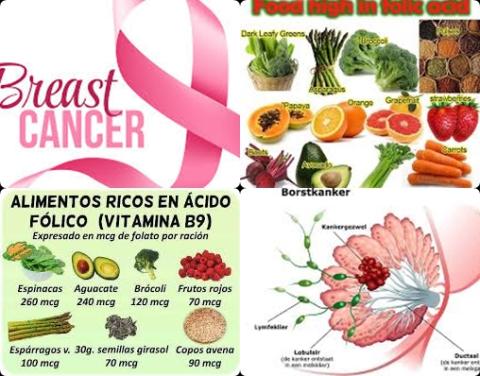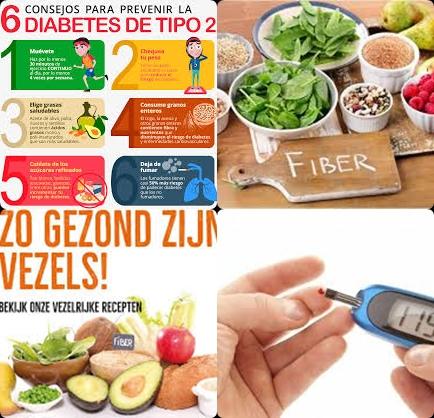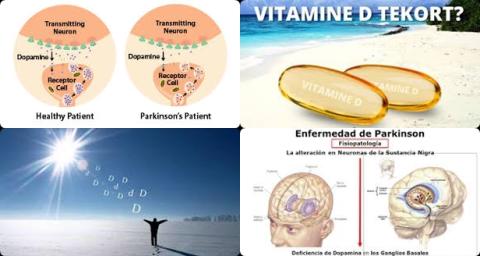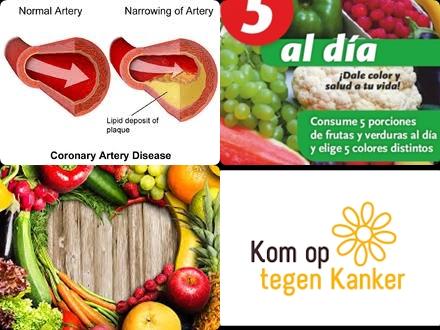Dagelijks 100 microgram foliumzuur via voeding verlaagt borstkanker

Onderzoeksvraag:
Epidemiologische studies gericht op de associatie tussen foliumzuur en borstkanker lieten tegenstrijdige bevindingen zien en daarom werd dit overzichtsartikel uitgevoerd.
Verlaagt de inname van foliumzuur via voeding de kans op het krijgen van borstkanker?
Studieopzet:
Dit overzichtsartikel bevatte 23 prospectieve cohort studies met in totaal 41516 mensen met borstkanker onder 1171048 deelnemers.
Resultaten en conclusies:
De onderzoekers vonden dat foliumzuurinname via voeding, de kans op het krijgen van borstkanker, veroorzaakt door oestrogeen-negatieve tumoren, significant met 12% [gepoolde risk ratio = 0.88, 95% BI = 0.78-1.00] verlaagde.
De onderzoekers vonden dat foliumzuurinname via voeding, de kans op het krijgen van borstkanker, veroorzaakt door zowel oestrogeen-negatieve als progesteron-negatieve tumoren, significant met 18% [gepoolde risk ratio = 0.82, 95% BI = 0.68-0.97] verlaagde.
De onderzoekers vonden dat 100 microgram foliumzuur per dag via voeding, de kans op het krijgen van borstkanker, veroorzaakt door oestrogeen-negatieve tumoren, significant met 6% [risk ratio = 0.94, 95% BI = 0.88-0.99] verlaagde.
De onderzoekers vonden dat 100 microgram foliumzuur per dag via voeding, de kans op het krijgen van borstkanker, veroorzaakt door zowel oestrogeen-negatieve als progesteron-negatieve tumoren significant met 10% [risk ratio = 0.90, 95% BI = 0.85-0.97] verlaagde.
De onderzoekers vonden dat een hoge inname van foliumzuur via voeding, de kans op het krijgen van borstkanker onder premenopauzale vrouwen significant met 6% [risk ratio = 0.94, 95% BI = 0.88-1.00] verlaagde.
De onderzoekers vonden dat een hoge inname van foliumzuur via voeding, de kans op het krijgen van borstkanker onder vrouwen met een matige of hoge alcoholconsumptie significant met 18% [risk ratio = 0.82, 95% BI = 0.72-0.94] verlaagde.
De onderzoekers concludeerden dat minimaal 100 microgram (mcg of μg) foliumzuur per dag via voeding, de kans op het krijgen van borstkanker, veroorzaakt door zowel oestrogeen-negatieve tumoren als oestrogeen-negatieve en progesteron-negatieve tumoren, verlaagde.
Oorspronkelijke titel:
Folate intake and the risk of breast cancer: an up-to-date meta-analysis of prospective studies by Zeng J, Wang K, [...], Chang H.
Link:
https://www.ncbi.nlm.nih.gov/pubmed/30647438
Extra informatie van El Mondo:
Vind hier meer studies over foliumzuur, meta-analyse/significant en borstkanker.


